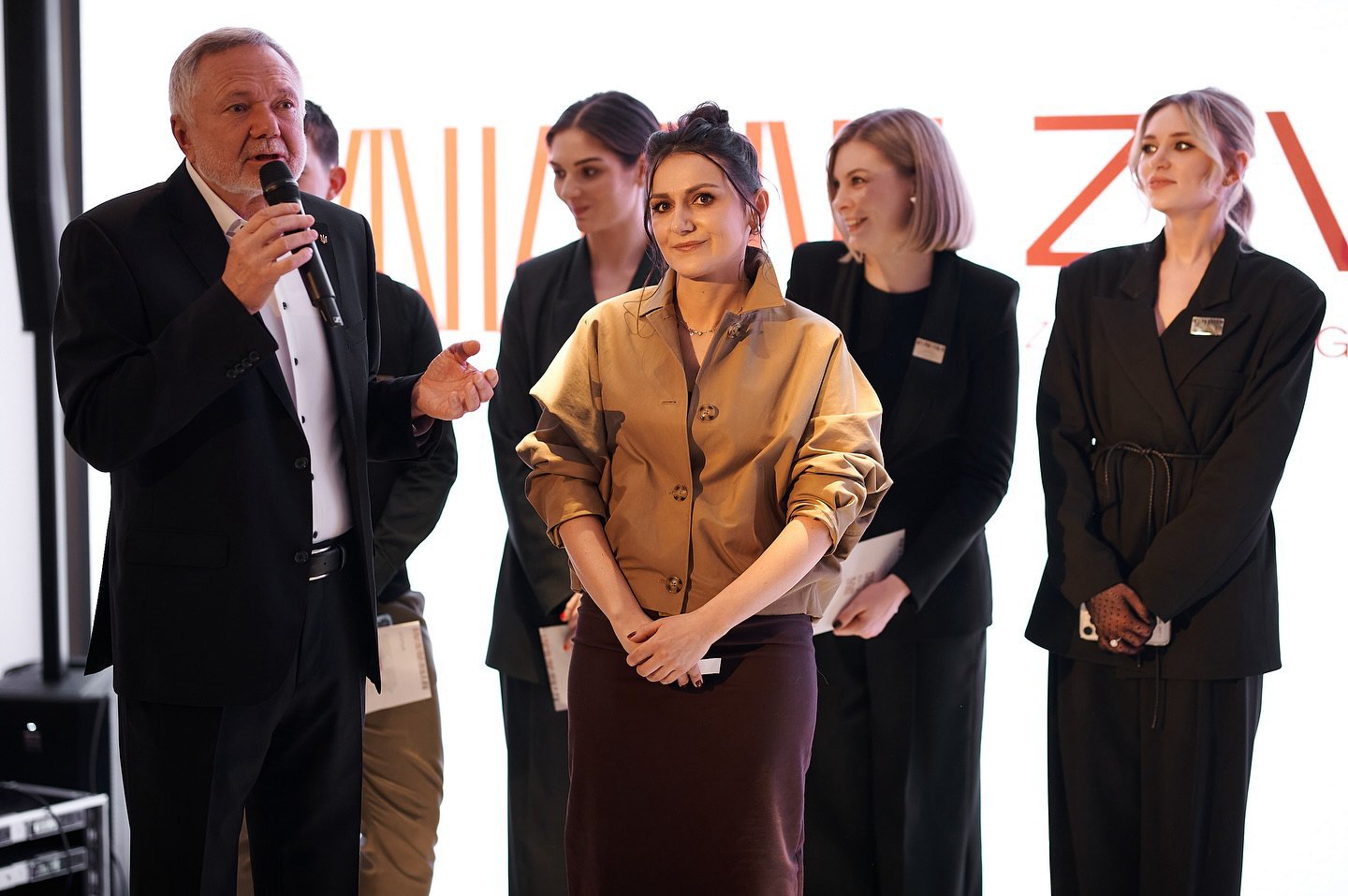
According to the founder of the new art space, the idea to create a gallery on the ground floor of the business centre emerged in 2023. The name and concept were born out of tragic circumstances: on 24 July 2024, the 18-year-old grandson of businessman Zinoviy Kozytskyy – the son of the head of Lviv’s RMA, Maxim Kozytskyy – passed away after a battle with cancer. He was a second-year student of the Cultural Studies programme at UCU, interested in art, culture and philosophy. Thus, ZENYK ART GALLERY was established to honour the memory of Zinoviy (Zenyk) Jr.
This intention also extends to the first ZAG exhibition The Little Prince: according to the description, it is “dedicated to children: those in heaven, on earth, in captivity, in occupation, on the road, in emigration, at home” and is linked to the play that Zenyk wrote, based on the book by Antoine de Saint-Exupéry. One might expect to see a clear connection to Zenyk’s story and his relationship with The Little Prince throughout the exhibition – yet only a few graphic portraits of the boy appear, concealed behind a wooden structure housing works by other artists. Notably, the space is inaccessible to wheelchair users, which is a significant drawback for what is claimed to be “the first barrier-free art space in Ukraine”.
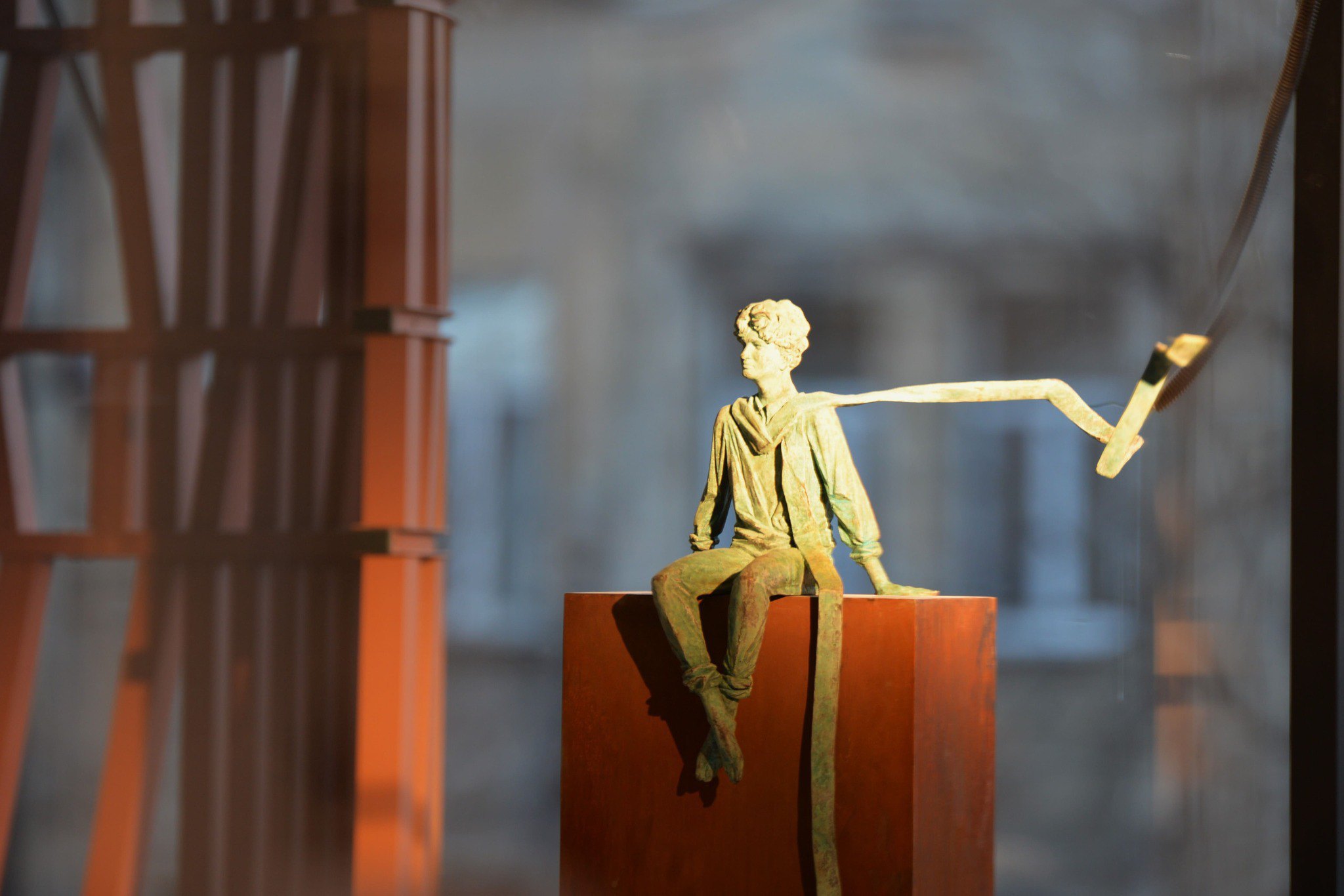
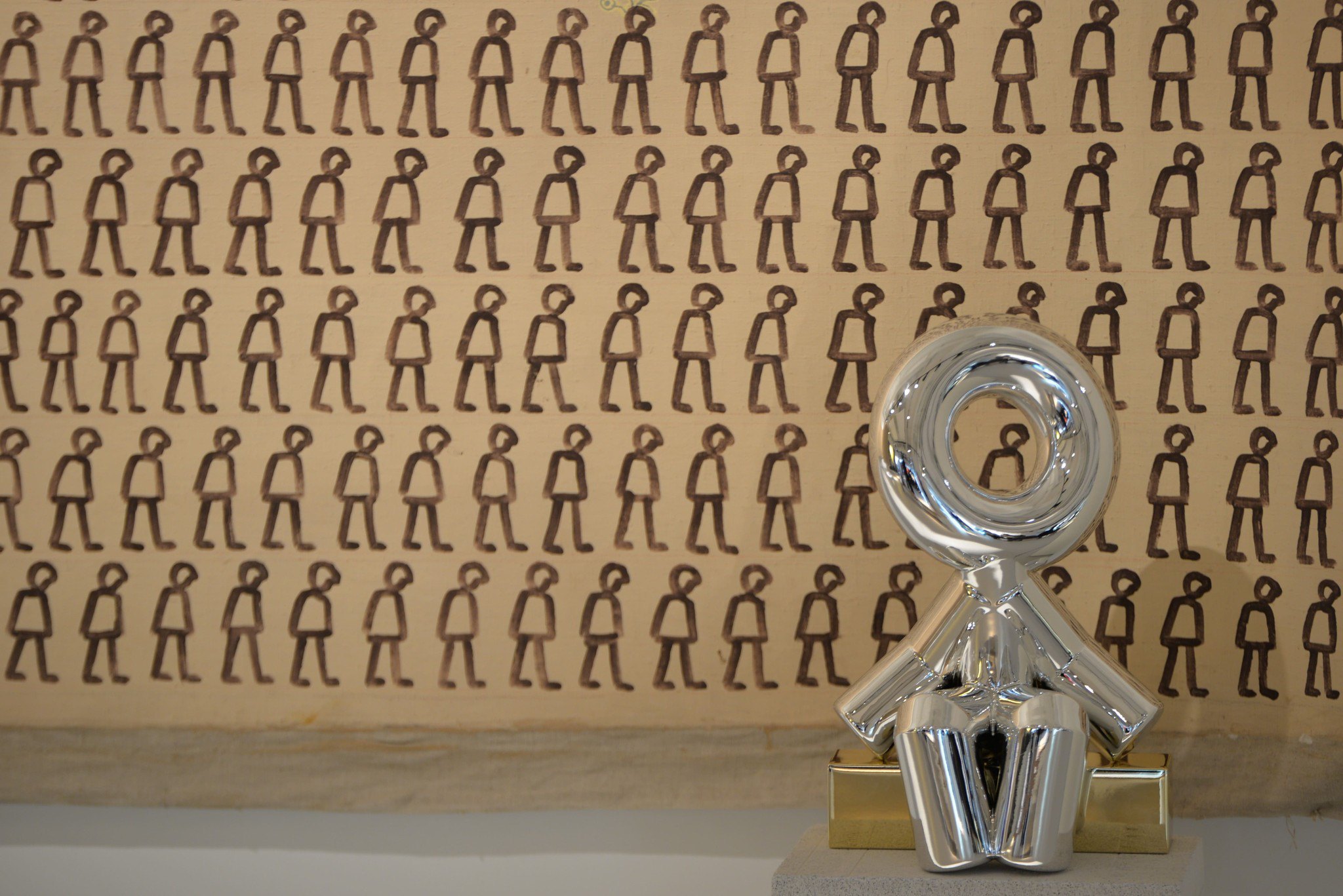
The Little Prince exhibition consists of 62 works by 30 Ukrainian artists, mostly displayed on the second floor of the gallery. The director of ZAG and curator of the first exhibition is art historian Khrystyna Berehovska. Typically, the curatorial vision and central themes of an exhibition are presented in a dedicated text at the entrance to the space. However, the first exhibition at ZENYK ART GALLERY lacks this key element – its concept must be inferred from sometimes excessively long wall texts near the works, many of which were not written by the curator.
Each artwork has been paired with a quote from The Little Prince, presumably to support its interpretation. However, it appears that the organisers attempted to fit the artworks into a pre-existing conceptual framework – rather than allowing the theme to emerge organically from the pieces themselves. Alongside the motif of childhood and the legacy of Saint-Exupéry, the organisers also sought to underscore the contemporary relevance of the works – each explanatory note includes a reference to the Russian–Ukrainian war. Yet the result is a disjointed narrative: the texts often seem detached from the artworks, telling stories that do not clearly correspond with the visual material. According to these texts, every work – even those created before 2014 – is said to reflect the Russian invasion, the resilience of the Ukrainian people, and the imperative to defend national identity.
Ultimately, the exhibition lacks strong curatorial coherence. While there is a discernible theme and a diverse body of work, the connections between them remain tenuous.
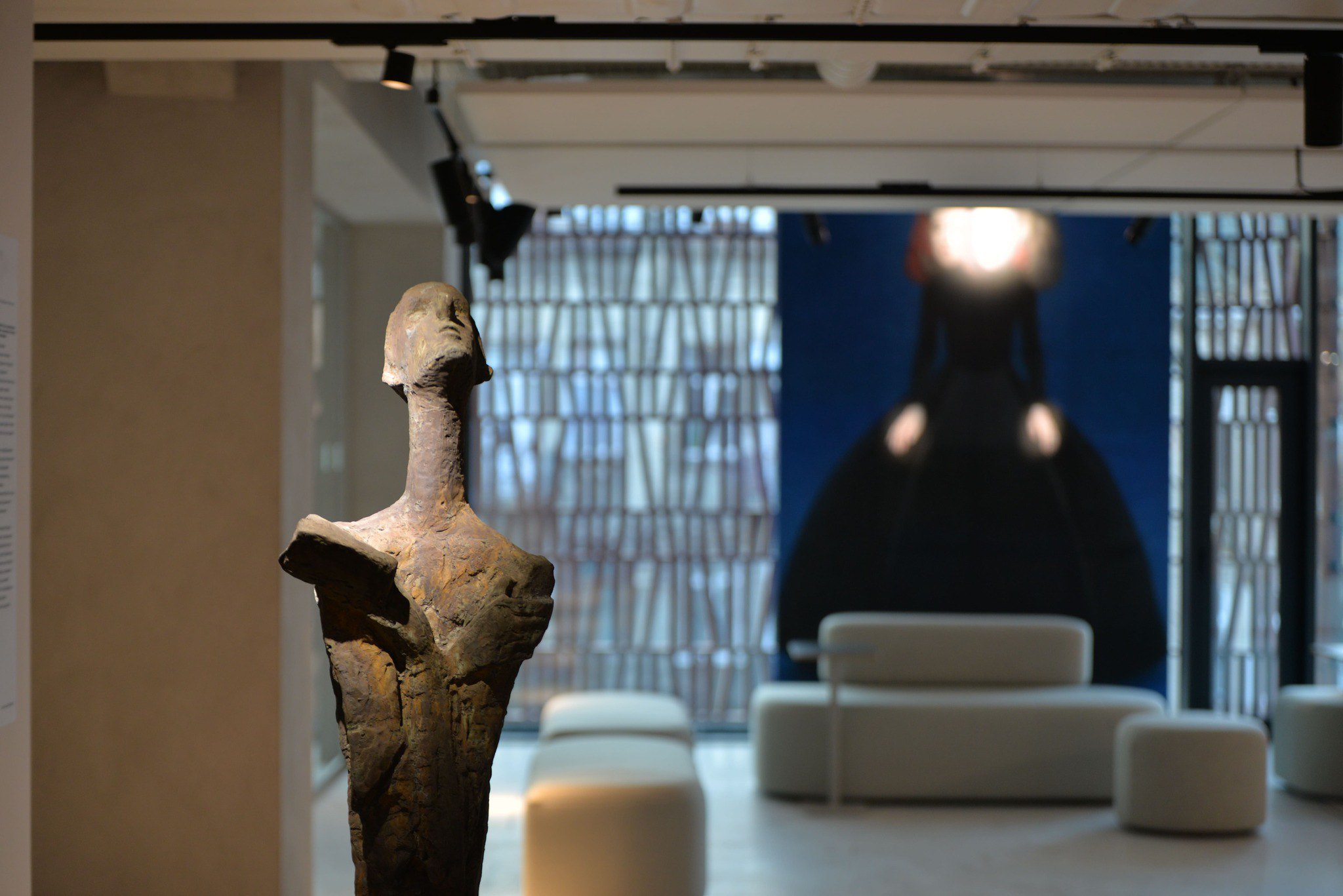
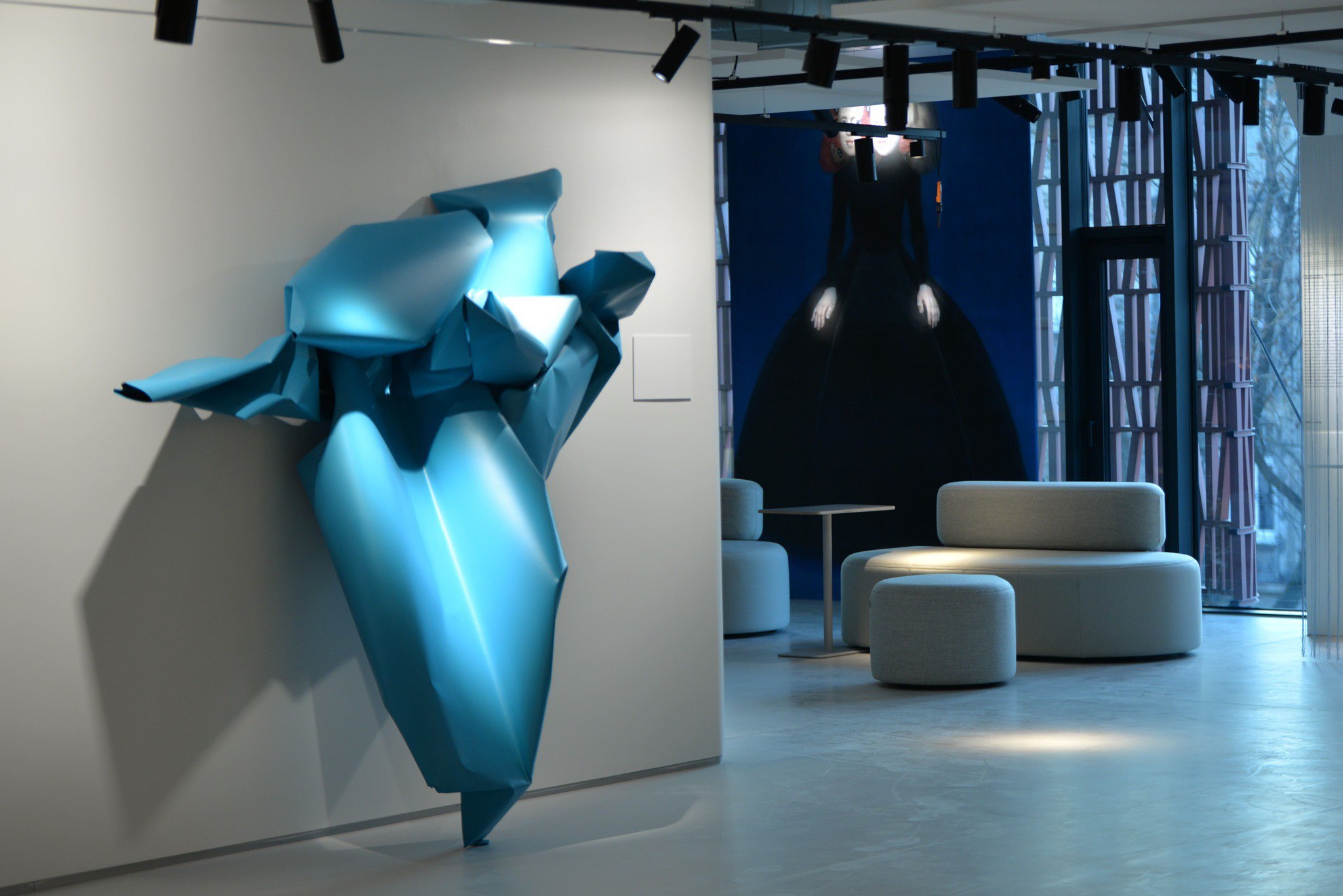
At the same time, the first exhibition at ZENYK ART GALLERY presents works by renowned Ukrainian artists: Yevhen Lysyk, Myroslav Yahoda, Arsen Savadov, Tiberiy Silvashi, Anatoliy Kryvolap, Andriy Sahaydakovskyy, Vlada Ralko, Volodymyr Boguslavskyy and Volodymyr Semkov. At a time of full-scale invasion, when state museums and galleries are operating under restrictions, ZAG offers a rare opportunity to view original works by prominent Ukrainian artists in person. In this context, the emergence of new art spaces plays a crucial role in sustaining Ukraine’s cultural life and fostering community development.
The ZAG space is modern and conventional – white walls, spaciousness, climate control, and good lighting. However, certain curatorial decisions appear questionable, such as the thread curtain obscuring Oleh Tistol’s Perspective, or the light spots falling on artworks, distorting their perception and shifting the emphasis – as seen in Fisherman by Myroslav Yahoda.
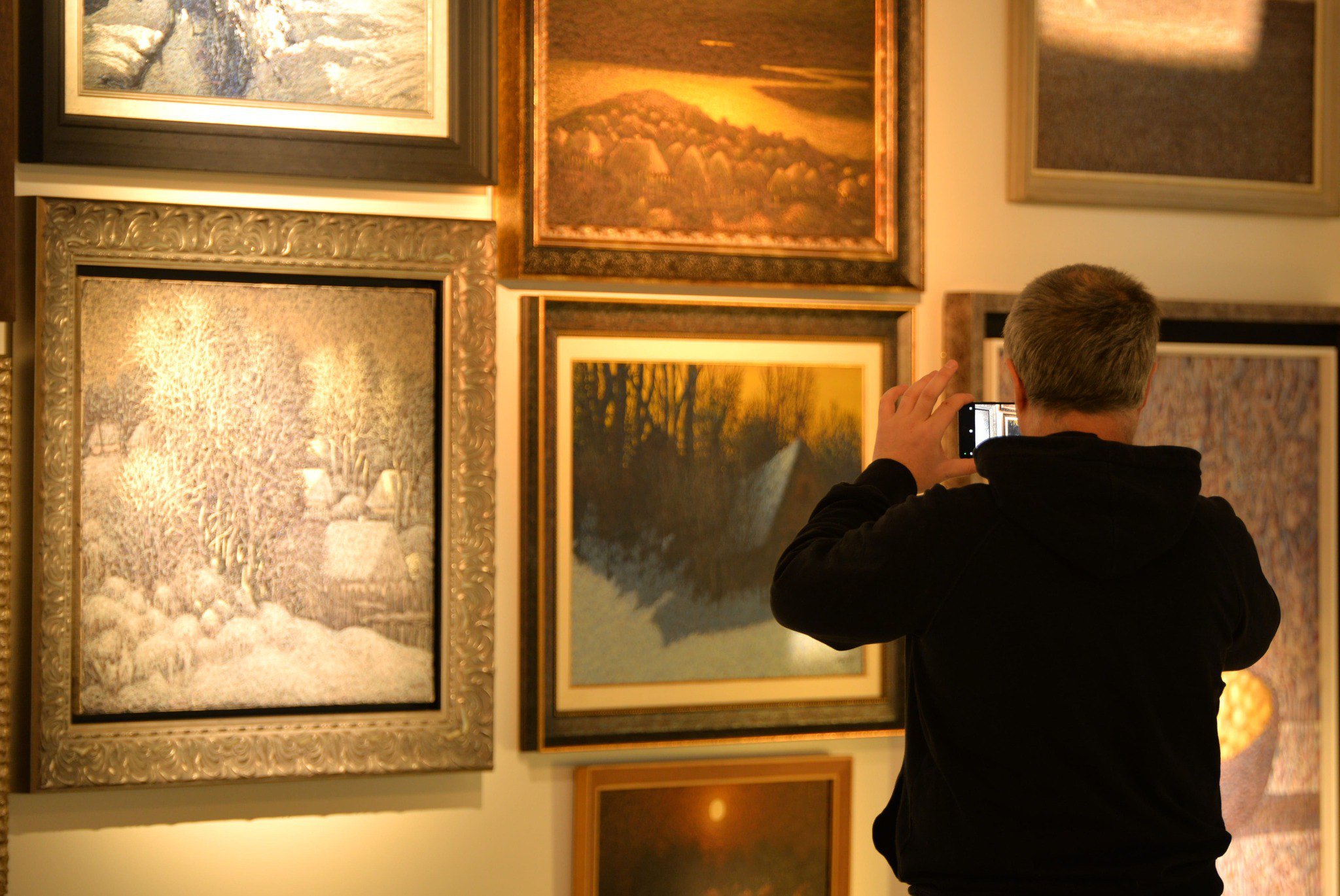
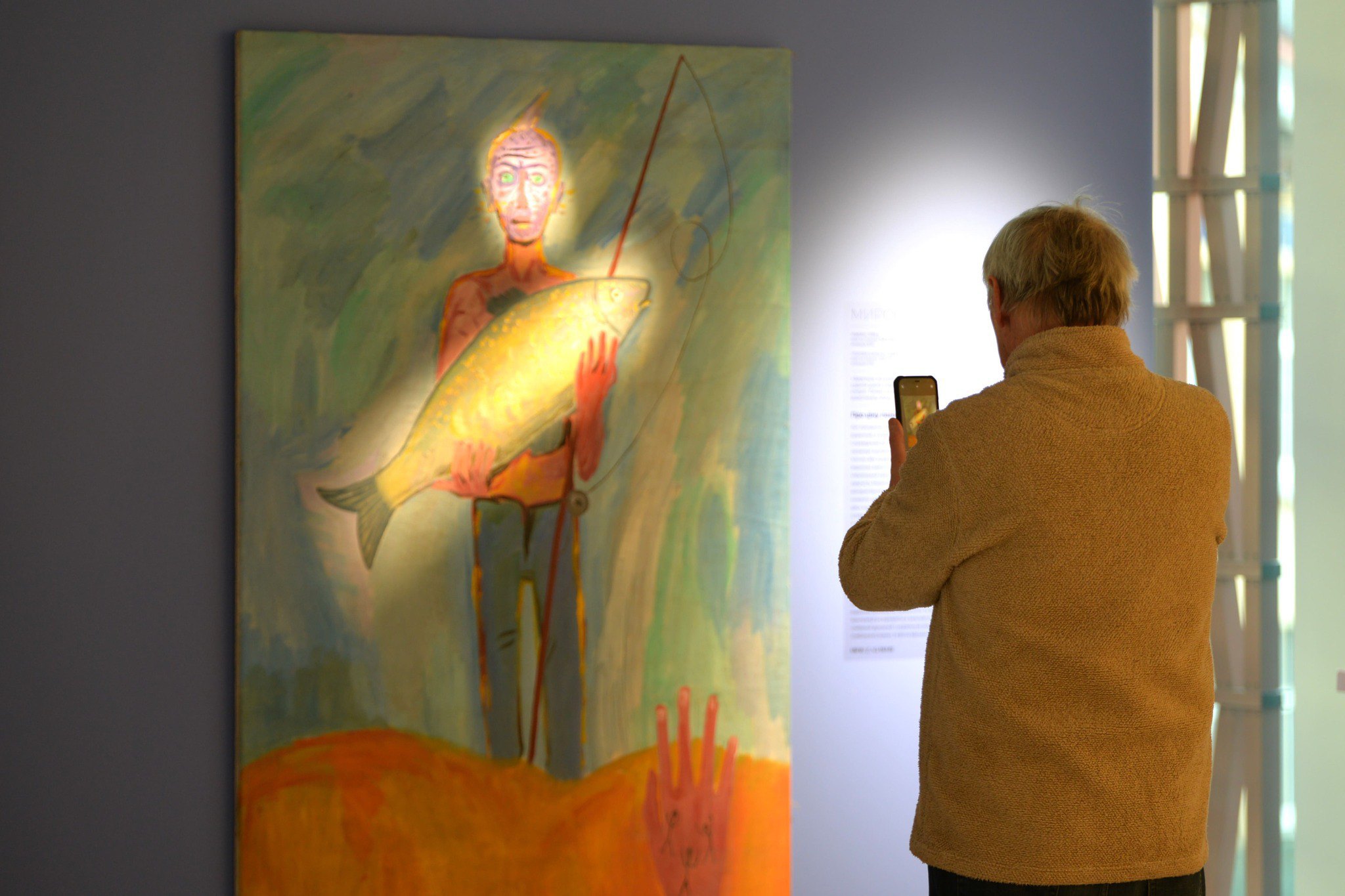
Despite the exhibition’s declared theme of childhood, the organisers placed Banksy’s mural Woman with a Gas Mask and an ancient Rus’ plinth featuring a human figure from the eleventh century – from the National Reserve Kyiv-Pechersk Lavra – at the centre of the exhibition. It is difficult to discern how these pieces relate to the theme and title of The Little Prince, as no effort has been made in their descriptions to explain the connection. It appears that Banksy has been used primarily as a marketing tool to draw in visitors. According to ZAG’s press service, over 17,000 people visited the gallery in the first three weeks of the exhibition.
How did Banksy’s mural from Hostomel come to be displayed in a private gallery in Lviv? The story of Woman with a Gas Mask is complex. Initially, there was an attempt to steal the work by cutting it from the wall. The police apprehended the perpetrators, seized the mural for investigation, and transferred it to the Kyiv-Pechersk Lavra National Reserve for safekeeping. In order to exhibit the work at ZAG, the organisers held negotiations with both the Hostomel community (as rights holder) and the National Reserve (as custodian). Banksy’s office granted permission on the condition that the mural would remain accessible to the public – hence its placement in the window at the gallery entrance, visible from the street.
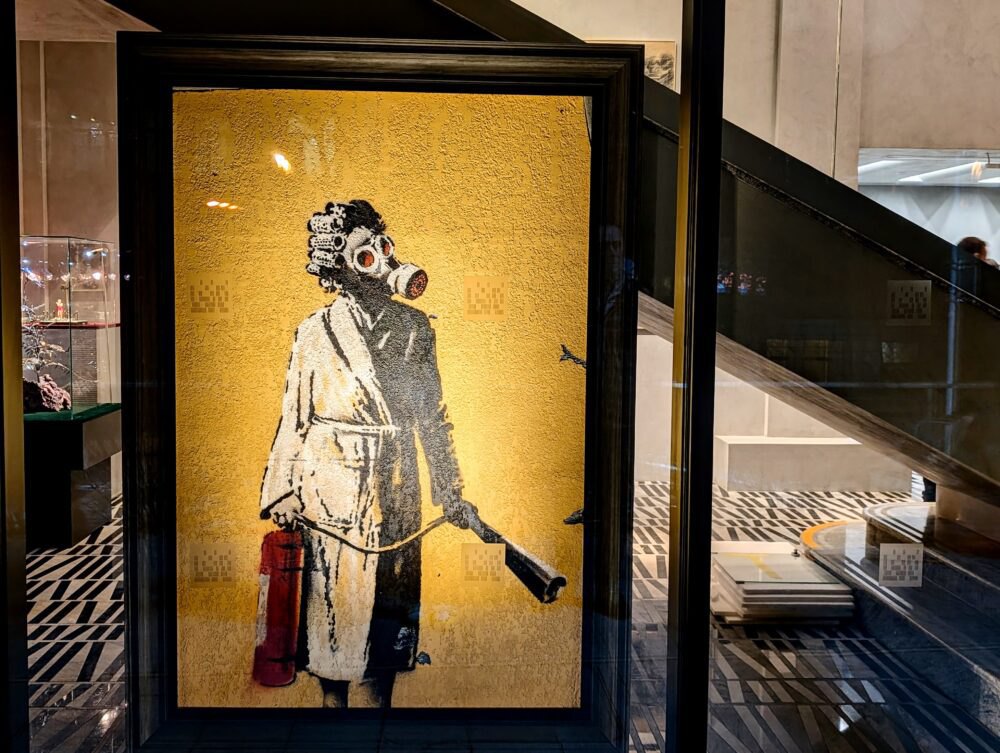
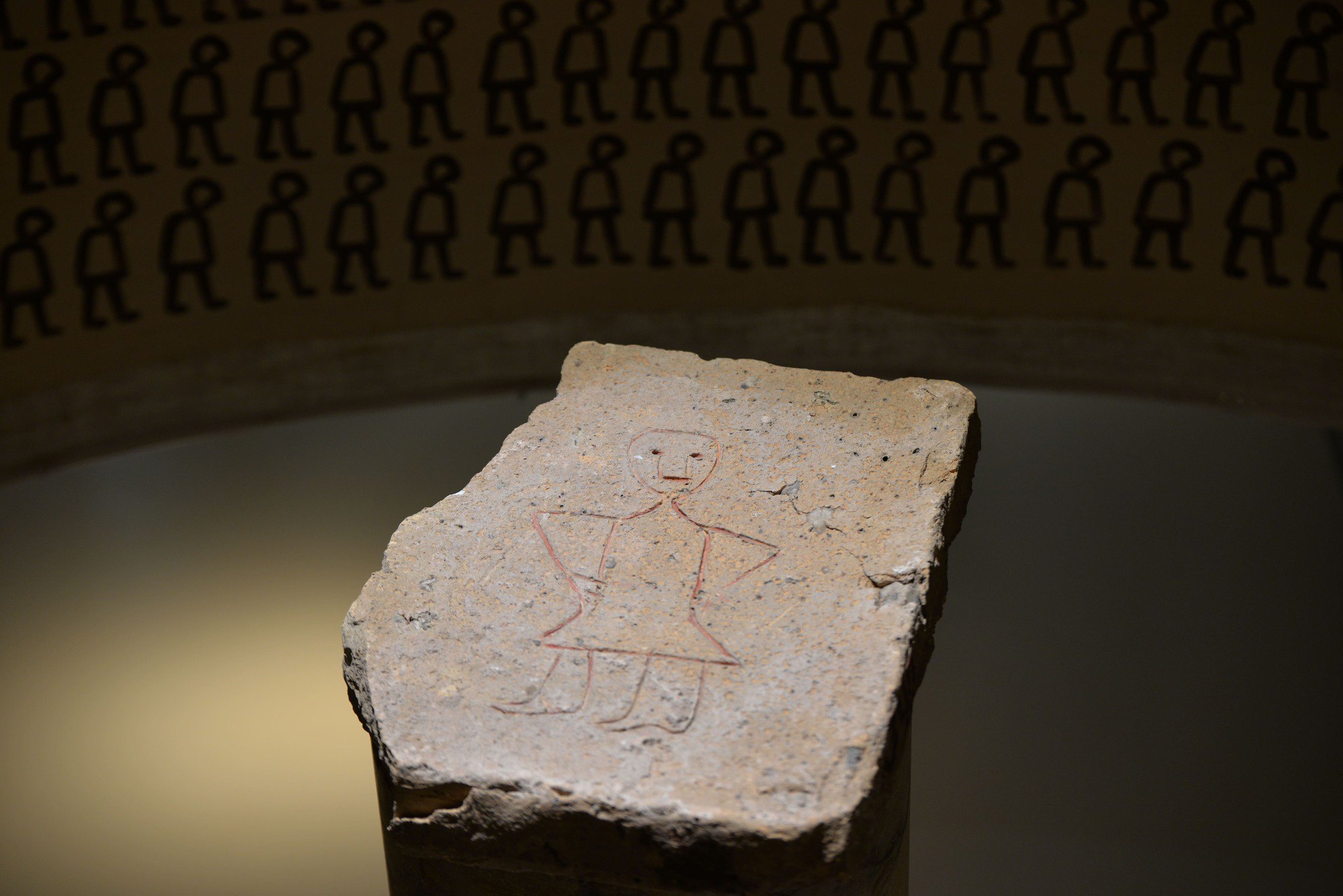
ZENYK ART GALLERY presents itself as the first accessible art space in Ukraine. This is a bold claim – in Lviv alone, there are numerous venues already operating on principles of inclusivity. The Lviv Municipal Art Centre, for instance, is accessible to people with limited mobility and visual impairments, and hosts exhibitions by neurodiverse artists. The Andriy Sheptytskyy National Museum offers themed classes, guided tours, meetings and workshops for people with disabilities. The State Museum of Natural History of the National Academy of Sciences of Ukraine in Lviv launched an educational programme for the visually impaired nearly a decade ago, which continues to function successfully. Sensoteka is an inclusive library designed to foster the integration of people with disabilities through engagement and interaction. The Temporality Module (MOT) is physically accessible, as is the Metropolitan Andriy Sheptytskyy Centre at UCU, which includes an exhibition space. Jam Factory Art Center is inclusive both in physical and financial terms – free entry is granted to children under seven, individuals with disabilities, veterans, military personnel, students of art schools and Lviv cultural studies departments, and to all visitors every Tuesday. To claim the title of “first barrier-free art space” not only disregards but diminishes the existing cultural infrastructure of Ukraine – including that of the very city in which the gallery is located.
The opening of this new gallery raises broader questions about accessibility. To be inclusive is not merely to install ramps – it is to adopt a principle that recognises the physical, mental, financial and educational needs of all segments of society. It is unfortunate that the language of inclusivity is so often reduced to a tool of public relations. ZENYK ART GALLERY sells standard admission tickets for UAH 300, offers concessions under certain conditions, and hosts a free day once a month. It is entirely reasonable for a gallery to charge an entry fee – but is it appropriate, under such circumstances, to make bold declarations about accessibility?
***
The Little Prince exhibition will run until 17 May 2025. The organisers have not yet disclosed upcoming projects, though they promise that they will also be “expensive and exclusive”.







